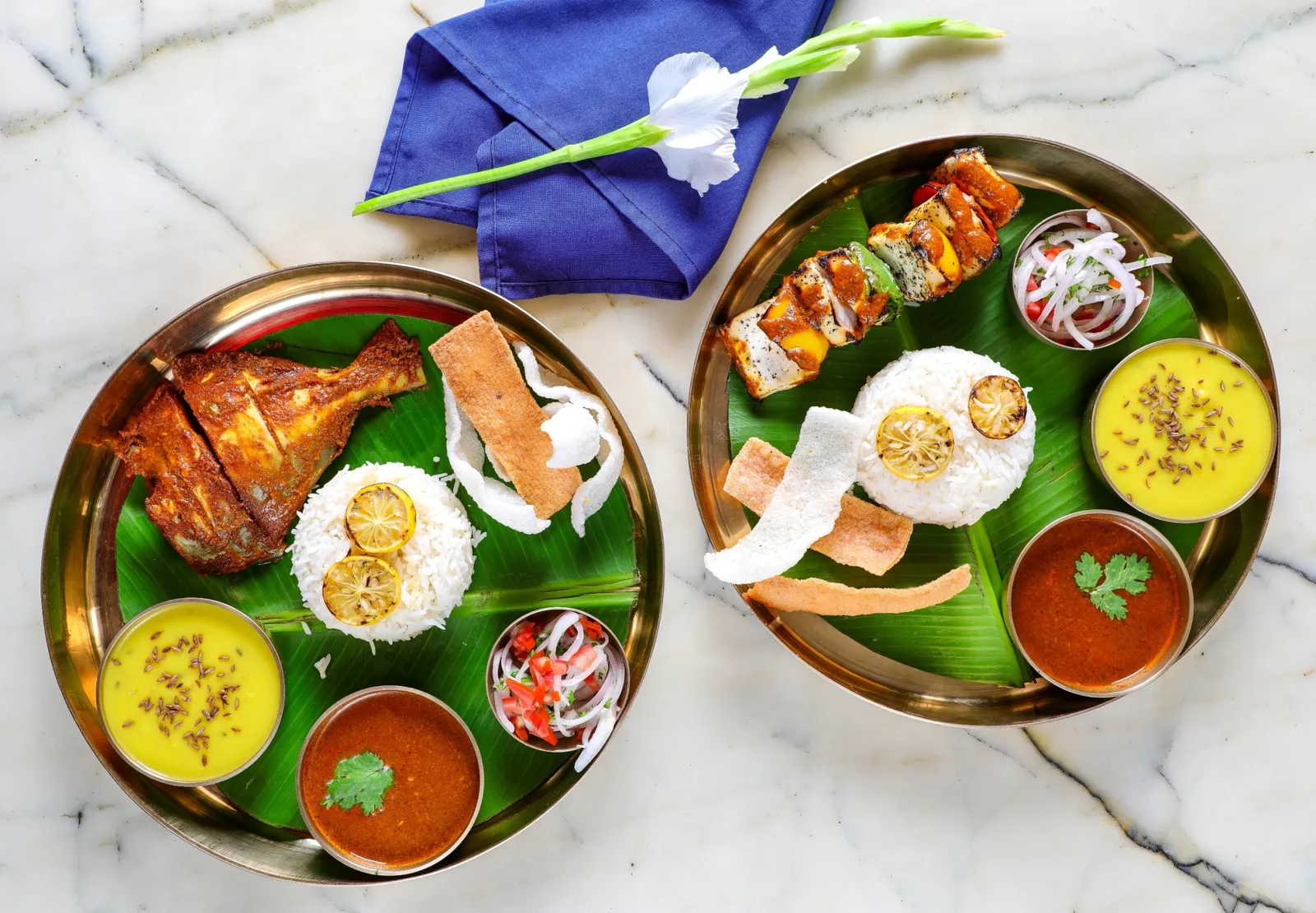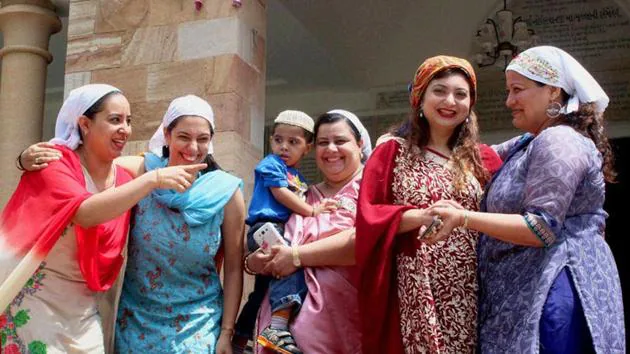When is Parsi New Year?
Parsi New Year is celebrated in mid-August in India. It is also known as Jamshed-e-Navroz after the legendary King of Persia, Jamshed, who started the Parsi calendar. He also instituted Navroz meaning “new day.”
History of Parsi New Year
Parsis follow the religion of Zoroastrianism, one of the oldest known monotheistic religions. It was founded by the Prophet Zarathustra in ancient Iran approximately 3,500 years ago. It was among the ancient world’s most important religions for over 1000 years and was the official religion of Persia (now Iran) from 650 BCE until the rise of Islam in the 7th century.
When the Islamic armies invaded Persia, many Zoroastrians migrated to places such as Gujarat in India and to Pakistan. In current times, there are an estimated 2.6 million Zoroastrians worldwide, with the Parsis (Parsi being Gujarati for Persian) in India being the largest single group.
In Iran and other parts of the Middle East, Zoroastrians celebrate the Persian New Year using the Shehenshahi calendar, which fixed the first day of the year on Spring Equinox, usually March 21. To this day, it remains the Irani New Year, also known as Jamshed-e–Navroz , and is celebrated with much festivity in the region.
However, this calendar did not take into account the extra ¼ day each year. Around 1006 CE, the new year coincided with the vernal equinox. After much deliberation, the Zoroastrians decided to sync their calendar with the Gregorian almanac in any four ways:
- a leap-day every 4 years;
- adding ten days every 40 years;
- a leap-month of 30 days once every 120 years;
- 5 months once every 600 years;
Hence, their New Year continues to remain March 21 because adding the 30 days every 120 years adjusts the cumulative difference of days over a longer period of time.
The Parsis (Indian offshoot) however, did not sync their calendar and as it would happen, their New Year aligned itself to the mid-August dateline. This discrepancy was brought to the attention of the Indian Zoroastrians by a visiting Iranian priest in the 1700s. Depending on other calculations for the year (largely tied to solar movement), Jamshed-e-Navroz is usually celebrated in India around mid-August.
How is Parsi New Year celebrated?
The day begins by visiting the fire temple called Agiary, Atashkadeh, Atashgah or Dar-e Mehr. In the days leading up to the New Year, spring cleaning begins in earnest, taking out the old, cleaning and freshening our home, rugs are taken outside to be dusted and walls wiped of grime. Homes are decorated with fresh cut flowers, specifically tulips and hyacinths. The table is laden with food and seasonal fruits, symbolic of bounty at home for the whole year through.

Parsis believe the day to be auspicious and prefer starting new ventures on the day. People also observe this day as a cleansing of the body, soul and mind.
Also Read: Gujarat NGO Demands Separate Ministry For Minorities












